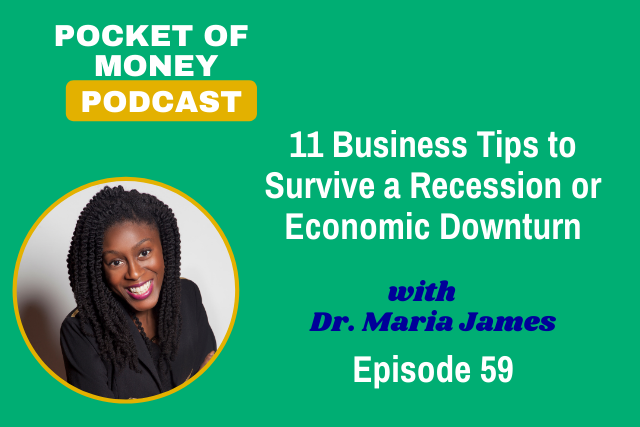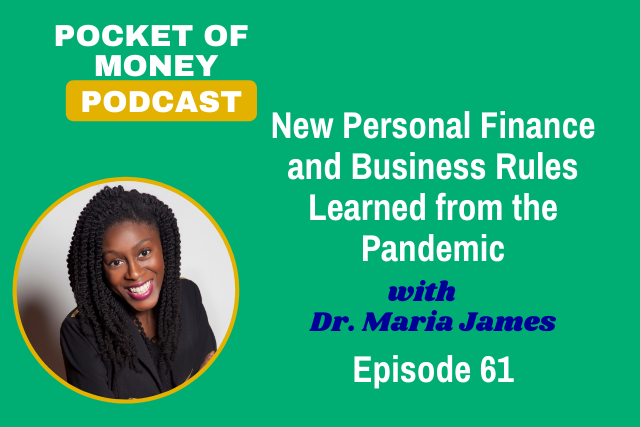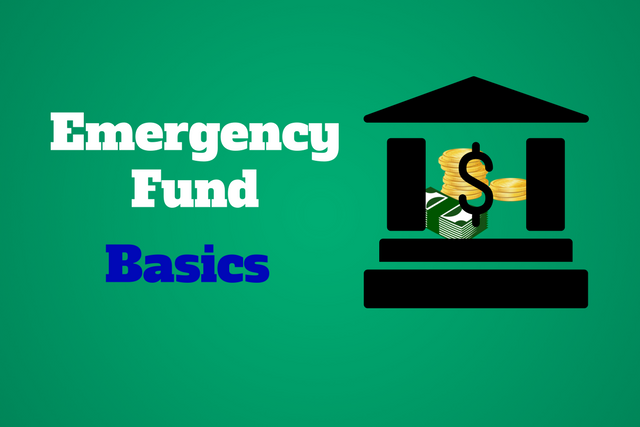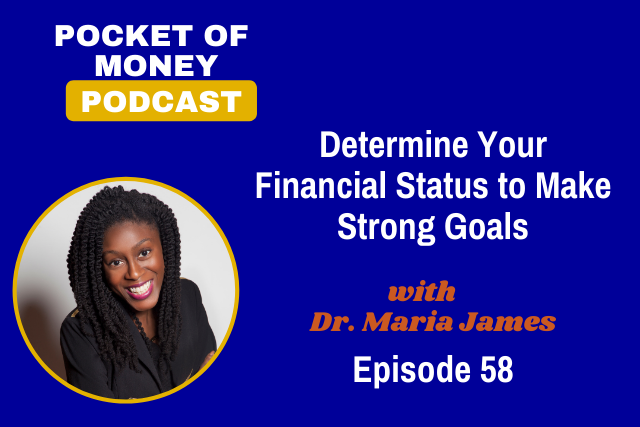Should I Save, Invest, or Pay Off Debt?

One of the most common questions in personal finance is whether to save, invest, or pay off debt. Each of these actions has its own benefits, but the best choice often depends on your financial situation, goals, and even your age.
Let’s explore the key financial milestones and conditions that can help you decide which path to take, and how these decisions might change over time.
Understanding the Basics: Save, Invest, or Pay Off Debt?
Before diving into the specifics, let’s clarify what we mean by saving, investing, and paying off debt:
- Saving: Setting aside money in a safe and easily accessible account, typically for short-term goals or emergencies. The primary objective is to have funds available when you need them, not necessarily to grow your wealth.
- Investing: Putting money into assets like stocks, bonds, or real estate with the goal of growing your wealth over time. Investing comes with risks, but it also offers the potential for higher returns compared to saving.
- Paying Off Debt: Using your extra money to reduce the amount of debt you owe, whether it’s credit card debt, student loans, or a mortgage. Paying off debt early saves you money on interest and improves your financial health.
Financial Milestones and Conditions for Saving
1. Building an Emergency Fund
Before you consider investing or aggressively paying down debt, it’s crucial to have an emergency fund.
This is typically 3 to 6 months’ worth of living expenses saved in a high-yield savings account. However, during tough economic times, increase that to 6-12 months worth of monthly expenses.
The purpose of an emergency fund is to cover unexpected expenses, like medical bills or car repairs, without having to rely on credit or dip into your investments.
- When to Save: If you don’t yet have an emergency fund, or if your fund isn’t enough to cover the average emergency, prioritize saving. This applies to all age groups.
- Savings Goal: Aim to save at least $1,000 to start, and then work towards building up your 3-6 months of expenses. Once you reach that milestone, then work on fully funding an emergency fund with 6-12 months worth of expenses. Make sure you use savings formulas and strategy.
2. Saving for Short-Term Goals
If you have specific short-term goals (within the next 1-3 years), such as buying a car, taking a vacation, or making a major purchase, saving is the best approach.
Investing for short-term goals is risky because the market can fluctuate, and you may not have enough time to recover from any losses. You could try something like a CD, as this is low risk and set for a specific time period.
However, the interest rates on CDs are sometimes the same or only slightly better than the interest rates at online banks.
- When to Save: If you have short-term goals that require a known sum of money within a few years.
- Savings Goal: Set aside money in a savings account, money market account, or other low-risk vehicles that offer liquidity. Be clear on when you can and will use the savings.
Financial Milestones and Conditions for Investing
1. Achieving Financial Stability
Investing should be considered once you have achieved financial stability. This means having a steady income, an emergency fund in place, and being able to cover your monthly expenses without stress.
- When to Invest: After building an emergency fund and ensuring your basic financial needs are met.
- Investing Goal: Focus on long-term growth, such as retirement or wealth-building. Consider starting with employer-sponsored retirement accounts (like a 401(k) with a match) or individual retirement accounts (IRAs).
2. Long-Term Goals
Investing is typically the best approach for long-term goals (5 years or more), such as retirement, college savings, or purchasing a home. The longer your investment horizon, the more you can benefit from the power of compounding returns.
- When to Invest: If your emergency fund is secure, your debts are manageable, and you have disposable income to invest for long-term growth.
- Investing Goal: Maximize retirement contributions, consider diversified investments, and focus on asset classes that match your risk tolerance and time horizon.
Financial Milestones and Conditions for Paying Off Debt
1. High-Interest Debt
If you have high-interest debt, such as credit card debt with interest rates over 15-20%, it’s generally a good idea to prioritize paying it off. The interest you pay on these debts is likely higher than the returns you’d earn from saving or investing, making debt repayment the better financial move.
- When to Pay Off Debt: If you have high-interest debt that is draining your resources and hindering your financial progress. Make sure to avoid the typical mistakes.
- Debt Payoff Goal: Focus on paying down the highest-interest debt first (debt avalanche method), or start with smaller debts to build momentum (debt snowball method).
2. Low-Interest Debt
For low-interest debts, such as student loans or mortgages with rates under 5%, the decision becomes more nuanced. If you’re on track with your emergency fund and retirement savings, it might make sense to invest while paying off low-interest debt, especially if your investments can yield higher returns than the debt interest.
- When to Pay Off Debt: If you prefer a debt-free lifestyle, want more money to build wealth. or if paying off the debt will provide significant psychological relief.
- Debt Payoff Goal: Balance between investing and debt repayment, potentially splitting extra income between both goals.
How These Decisions Differ by Age
In Your 20s and 30s
- Focus: Building an emergency fund, starting to invest for retirement (taking advantage of compound interest), and paying off high-interest debt.
- Strategy: Allocate more towards investing, especially in retirement accounts, while also making progress on any lingering high-interest debt.
In Your 40s and 50s
- Focus: Balancing debt repayment (especially if there are larger debts like mortgages or parent PLUS loans) with aggressive retirement saving (really investing).
- Strategy: Continue to invest, but also consider paying down debt more aggressively, especially as retirement approaches. Ensure you’re on track for retirement goals.
In Your 60s and Beyond
- Focus: Reducing debt to minimize financial burdens during retirement, ensuring sufficient retirement savings, and possibly shifting investments to lower-risk options.
- Strategy: Prioritize paying off remaining debt, particularly mortgages, and ensure your investments are aligned with your risk tolerance and retirement income needs.
Create A Balanced Approach
There isn’t a one-size-fits-all answer to whether you should save, invest, or pay off debt. The best approach depends on your individual financial situation, your goals, and your stage in life.
The key is to find a balance that allows you to build a secure financial foundation, reduce financial stress, and grow your wealth over time.
We believe in empowering individuals to make informed financial decisions. If you’re unsure of where to start or how to balance your financial priorities, check out some of our resources:






Responses